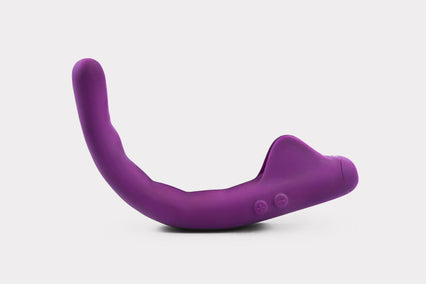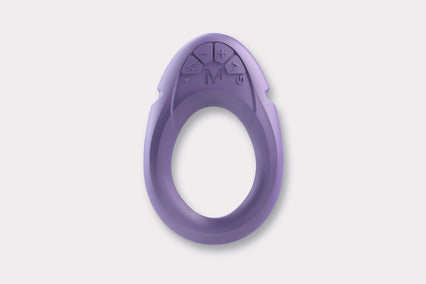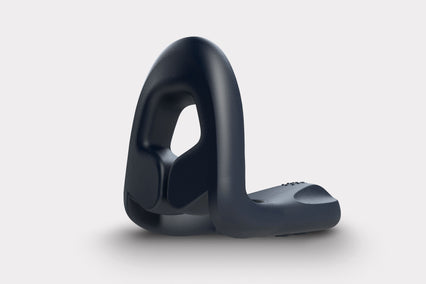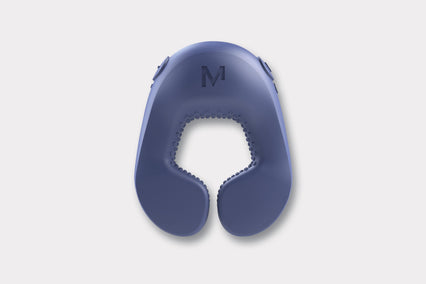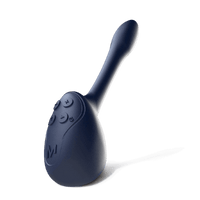Water bondage is a form of BDSM that involves tying up and restraining a person while they are submerged in water. This type of bondage can be thrilling and intense, but it also requires a lot of caution and preparation to ensure the safety of everyone involved. This article will provide techniques, tips, and safety measures to help you navigate water bondage.
1. Choose the right location
The first step in water bondage is choosing the right location. It is essential to select a place that is safe and private. A swimming pool or hot tub may seem like an obvious choice, but these can be dangerous if not used correctly. Always make sure the water is at a safe temperature and the depth of the pool or hot tub is appropriate for the activities you have planned.
2. Use the right equipment
When it comes to water bondage, the right equipment is crucial. Always use high-quality restraints that are designed for use in water. Never use ropes or other materials that can become slippery when wet. Additionally, make sure you have a safe word established and have a pair of safety sheers, scissors or another cutting tool close by in case of an emergency.
3. Prepare for submersion
Before engaging in water bondage, it is essential to prepare for submersion. This means that the person who will be submerged should practice holding their breath and be comfortable with the process. Start slowly and work up to longer periods of submersion. Additionally, make sure that the person being submerged is not under the influence of drugs or alcohol, as this can impair their ability to hold their breath.
4. Communicate effectively
Communication is always important in BDSM, but it is especially crucial in water bondage. Before getting started, make sure everyone involved knows what to expect and has agreed to the activities planned. Establish a safe word that will immediately stop the activities if necessary. Additionally, use non-verbal cues such as tapping or hand signals to communicate if necessary.
5. Incorporate sensory play
Sensory play can add an extra element of excitement to water bondage. Consider using blindfolds, earplugs, or other sensory deprivation tools to enhance the experience. However, always make sure that the person being submerged can breathe and communicate effectively.
6. Monitor time and temperature
One of the most critical safety measures in water bondage is monitoring the time and temperature. Never leave a person submerged for an extended period, and always make sure the water temperature is safe. Additionally, be aware of signs of hypothermia, such as shivering or confusion, and take immediate action if necessary.
7. Have an emergency plan
Despite taking all necessary precautions, emergencies can still happen. Always have an emergency plan in place, including a way to quickly release restraints and a plan for getting the person out of the water if necessary. Additionally, know how to perform CPR and other life-saving techniques.
Conclusion
Water bondage can be a thrilling and intense form of BDSM, but it requires a lot of caution and preparation to ensure everyone's safety. Choosing the right location, using the right equipment, preparing for submersion, communicating effectively, incorporating sensory play, monitoring time and temperature, and having an emergency plan are all essential steps to take before engaging in water bondage. Remember to always prioritize safety and have fun.

